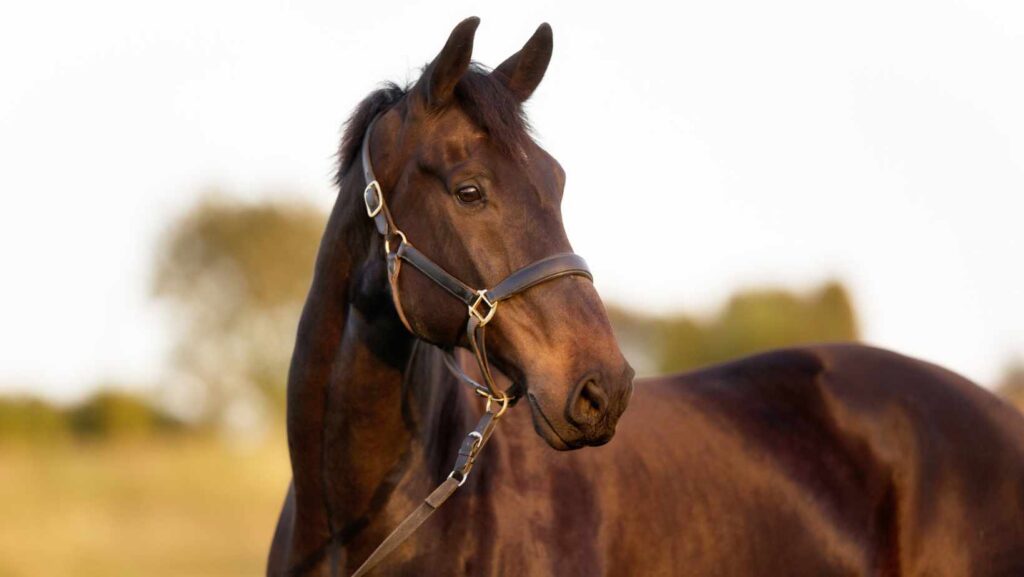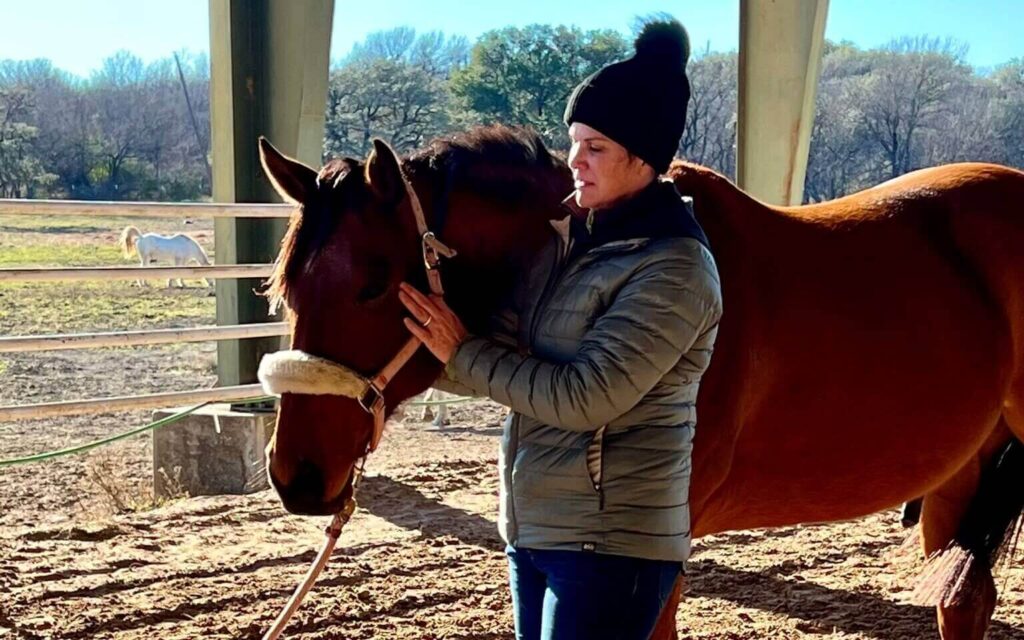Head Shaking In Horses

Head Shaking Syndrome is one of the most heart-breaking and baffling conditions in horses world wide. Little is known about this condition.
The only hope that is offered within the veterinary industry are sedatives, antihistamines, injections, or in extreme cases, cutting cranial nerves, or bone removal.
Nerve cutting and bone removal does not show improvement from the specific condition and comes with devastating side effects. And in my experience, pharmaceuticals only have a short term effect.
What is equine head shaking?
Head shaking behavior in horses is characterized by repetitive and involuntary head movements. These movements can vary in severity and may include actions such as shaking, nodding, tossing, or tilting of the horse’s head.
Sometimes the horse will paw or strike out with their front hoof and it looks as if they were shocked in the nose. Sometimes they will repeatedly snort or blow out, or even submerge their nose in water.
It typically occurs, without what may seem an apparent reason, and can be triggered or exacerbated by various factors, including sunlight, wind, exercise, stress, diet, vaccines, or allergies.
The Equine industry will have you believe that the exact cause of equine head shaking is not fully understood, and that it can be challenging to diagnose and treat, but there is an undoubtable connection between head shaking and head trauma.

Relationship between head shaking and a head trauma
Even though there are various attributions to this condition such as dental problems, physiological and neurological issues, reactions to environmental factors (sunlight and allergens), and reactions to stress or pain, one obvious contributor that is greatly overlooked is cranial trauma or compression!
Most craniosacral practitioners who treat head shaking horses find some kind of compression from an old trauma around the horse’s sinus bones, or the TMJ. Compressions on either the TMJ or one of the sinus bones, will put pressure on some of the sensory cranial nerves, causing pain and burning sensations.
When allergy season is at its peak, sinus tissues expand to protect airways. If the bones surrounding the sinus cavity are injured or compressed, there is no room inside the sinus cavity to allow for expansion.
Therefore the tissues and nerves become tightened or compressed, and even the foramen where the nerves exit the skull can become distorted from tight fascia, resulting in the horse feeling a burning sensation in their nose, face, ears, even their eyes.
Unfortunately, most head traumas in horses go unnoticed unless the skin was broken open. Even then, most horses just get stitched back up with no X-rays and no further exploration. Even most fractures are addressed by removing bone shards or just some time off.
The horse industry does not recognize the importance of head injuries, nor do they relate to the pressure that we put on their heads and the problems that this causes. Even poor dentistry can actually cause head shaking syndrome, which I have seen numerous times. Poor dentistry techniques do fall under the category of head trauma.
This is not to say that every horse who has a head trauma will become a head shaker, but in my experience, every head shaker has had a head trauma to one of the areas mentioned.
Why some horses react and other don’t is unknown. It is most likely a variety of factors involved.

Head shaking from a Craniosacral point of view
The effects from a head trauma in horses goes greatly unrecognized. Everything from birth trauma, falls, pull backs, blunt force from kicks or running into fences, etc, fixed head positions, and tight gear.
Horses can suffer from these compressive forces and then these inertial fulcrums can get caught up in the physiology of physical trauma if not addressed. The effects of this stress on the body can manifest in many different ways, one of them being head shaking syndrome.
Biodynamic craniosacral is trauma informed therapy. Meaning it not only addresses the specific location of trauma, but also its manifestations by helping the body release the trapped shock within the tissues so the body can regenerate back to its original health.
Signs that a horse may be a head shaker include
The following set of behaviours fall under the head shaking sphere:
- head flipping
- nodding, or ticking repeatedly
- dunking nose in water
- rubbing nose while being ridden or as soon as the bridle is removed (sign of nerve irritation)
- striking out as if trying to kick something off their nose
- it appears like they have been zapped or burned because that is what it feels like
What causes head shaking in horses?
Many causes, in my experience a head trauma is the most common underlying cause.
Head trauma can happen as early as the birthing process, but any pull back is considered a head trauma, any restricted headgear, falls, kicks, tight nosebands, all can be a form of head trauma.
Poor dentistry (which is also considered a head trauma) or even lack of dentistry can contribute as well. Then when the horse faces other physiological stressors such as parasites, PSSM diet problems, poor farriery, emotional stress of living conditions, inflammatory foods or pharmaceuticals, all end up layering on top and creating a domino effect.
Then one day, one thing causes the horse to tip. Whether it be inflammation from allergies, sun sensitivity due to blinding nerve pain, a tumble in the pasture, a new bridle that compresses an already compromised cranial nerve, and the horse begins head shaking.
How is head shaking diagnosed?
A veterinarian is the only person who can legally diagnose your horse for anything. They diagnose head shaking from visual inspection of their symptoms.
There are no blood tests or X-ray diagnosis. The equibiome group has found a correlation between headshakers and certain elevated gut bacteria. Which we can link the connection between concussions to gut biome in humans.
Treatment for head shaking
Most horses find relief with just craniosacral therapy alone. However, it is also important to find a dentist who understands how to balance the mouth to the TMJ.
Also magnesium therapy may help, and balancing minerals to their forage. Taking them off of anything that could cause inflammation such as sugar and processed feeds is a must.
Vaccines have also been known to trigger head shaking due to the inflammation response that they can cause, so spacing them out might also be helpful to your horse who is suffering. Or better yet, check titers to see how often the vaccine is needed.
Following a good deworming protocol and not relying on fecal floats is helpful in keeping inflammation down from parasites. Same for EPM protozoa but it is important to know which protozoa you are treating.
Keeping them off inflammatory grass fields, and understanding what time of day is better to keep them off fields, and what grasses to avoid. Anything high in sugar and starch can increase inflammation.

Other treatment options
There are other options that I have seen to help head shakers. Finding supplements is just a matter of trial and error.
Mag Restore is always my go to for a magnesium recommendation, but I have also seen different homeopathics work, and other supplements like aloe vera powder, and anything that helps soothe the gut and reduce inflammation. Vitamin E, or other antioxidants as well.
I have also seen acupuncture help, as well as some chiropractic and massage. And some clients have found different skull caps and face wraps help.
Balancing their minerals is necessary to keep them healthy but that requires testing your hay and balancing the minerals to their main forage. However, there are some great options of balanced minerals that seem to match most local hay such as CA Trace, Vermont Blend, Lonestar trace. But this goes for all horses, not just head shakers. Avoiding triggers! At least until the head shaking seems to have subsided.
If dies, lifestyle, and craniosacral alone are not helping, that is when I recommend a certin dentist for a second opinion, and also farrier.
Final Thoughts
We love our equine family and will go to any length to help them, even at the expense of our own self care.
When our horses show these signs of head shaking syndrome, my immediate thought is why and what were the triggers. What changed. What procedures did they have, what accidents, what diet change…
Just go down the list and keep asking questions. Don’t let anyone squash your own curiosity. Listen to your instincts, find a craniosacral practitioner. If there aren’t any in your area, google a human practitioner and ask if they know of anyone, or sometimes they too work on horses or dogs or cats or any mammal. We all have the same system, it is just oriented differently.
I hope that this article helped you to understand this condition, gave you some insight, and inspired curiosity.






Responses